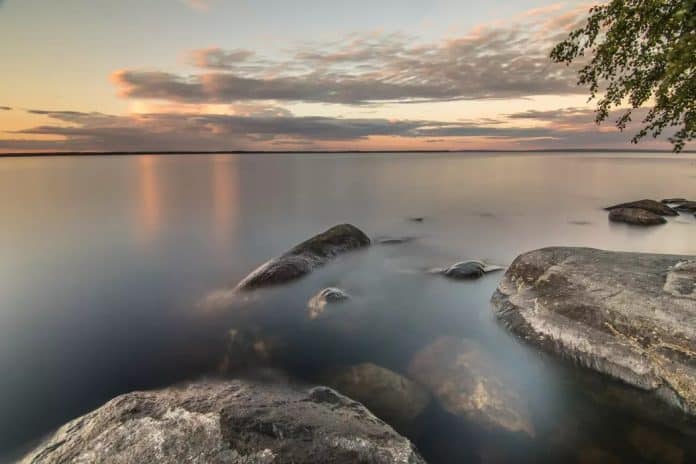UNESCO’s Executive Board has endorsed the addition of 18 sites to the UNESCO Global Geoparks network. This brings the total number of geoparks to 213 in 48 countries.
The new geoparks are situated in Brazil, China, Croatia, Denmark, Finland, France, Greece, Hungary, Poland, Portugal and Spain. There is an additional new transboundary geopark spanning Belgium and the Kingdom of the Netherlands.
The UNESCO Global Geopark designation was created in 2015. It recognizes geological heritage of international significance. Geoparks serve local communities by combining the conservation of their significant geological heritage with public outreach and a sustainable approach to development.
UNESCO continues to promote the geopark concept in regions where geoparks are less common, notably in Africa, the Arab States and Small Island Developing States. UNESCO does this by facilitating expert missions, tailored training sessions and individual consultations on both a national and local scale, to guide the preparation of applications for UNESCO Global Geopark status.

The two Nordic newly designated UNESCO Global Geoparks are:
Denmark: The South Fyn Archipelago UNESCO Global Geopark
The South Fyn Archipelago UNESCO Global Geopark in the central and southern parts of the country encompasses both terrestrial and marine zones that transcribe approximately 800,000 years of geological history. The area is renowned for its beautiful, hilly landscapes, lush fields and some of the best sailing waters in the world.
The South Fyn Archipelago itself encompasses 55 islands and islets, poking up from one of the world’s most spectacular inundated glacial landscapes. Each island is unique, with its own traditions and cultures, whereas all are connected by the common maritime history of the area. According to Laura J. Storm, islander and volunteer on the Island Council, the geopark “cultivates a spirit of community and collaboration among the islands”. There is a continuous focus on preservation and restoration of the marine ecosystem in the archipelago, which is threatened by environmental changes.
The geopark territory has a long history of farming and agriculture. Historically, the island of Fyn has been named “The Garden of Denmark”. Today, the area boasts many small farms and producers and the geopark has created a network for local business owners.
Finland: Impact Crater Lake – Lappajärvi UNESCO Global Geopark
Impact Crater Lake – Lappajärvi UNESCO Global Geopark is located in South Ostrobothnia in the west of the country. The centrepiece of geological intrigue is the Lappajärvi Impact Crater Lake itself, recognized as Europe’s largest impact crater lake, which formed through a collision with a meteorite 78 million years ago. Visitors are invited to discover this fascinating history through interactive displays, whether by touching the actual rocks of the meteorite collision, including diamonds that formed from the ultra-high pressure of the meteorite impact, or by embarking on a virtual reality journey into the asteroid belt to witness the collision.
The geopark works closely with the local community to promote sustainable development and economic wellbeing. Natural products and fish from the Impact Crater Lake are used in school meals, and cooperation with schools brings added value to the geopark ecosystem.

